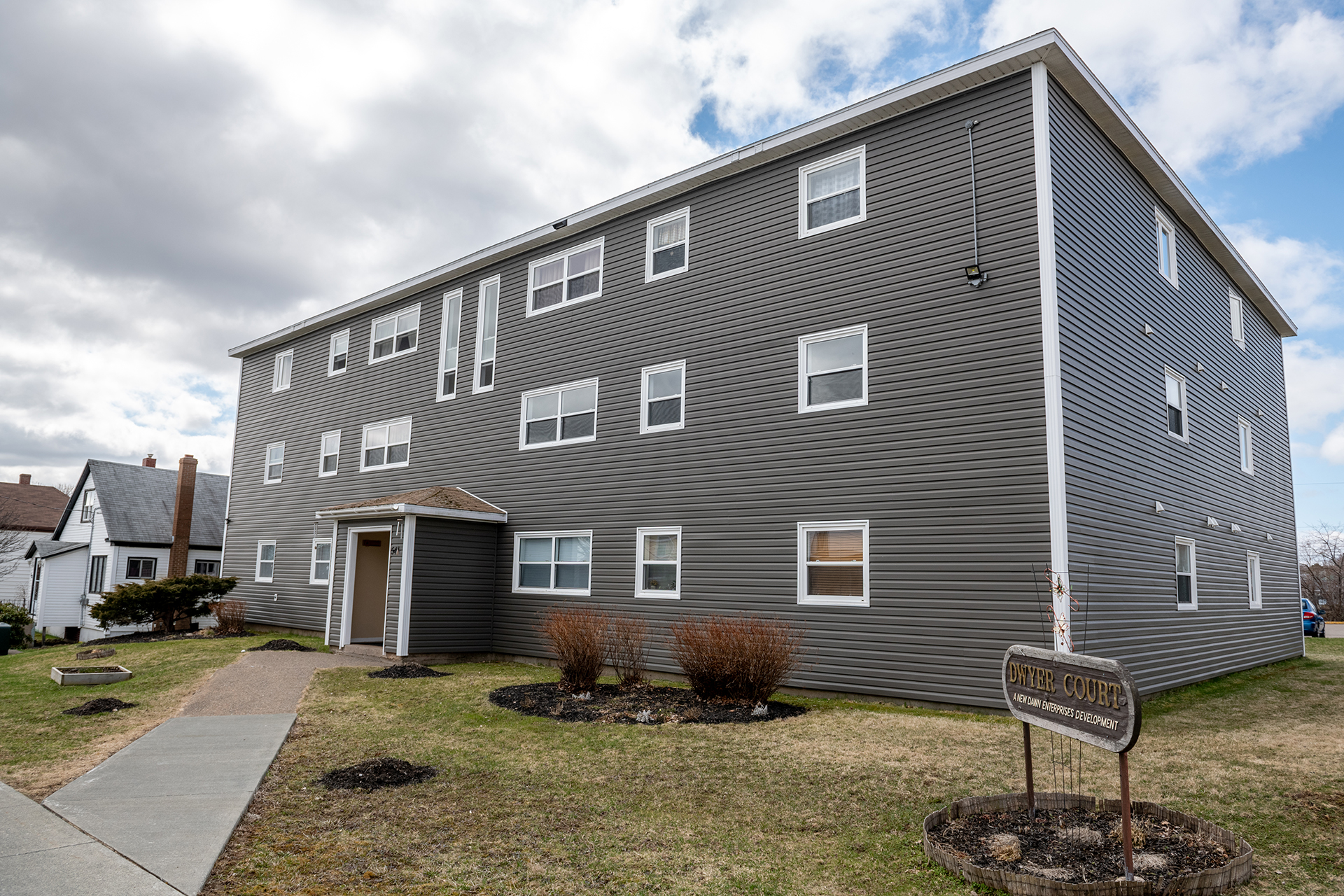April 1, 2022 · Posted by Erika Shea
A Municipal Role in Affordable Housing
The issue of affordable housing is one of several – climate change, poverty, population growth, mental health/addictions, unemployment, healthcare – that will challenge this and other municipalities in the coming years. These are the issues that define our health, wellbeing, safety, and quality of life.

